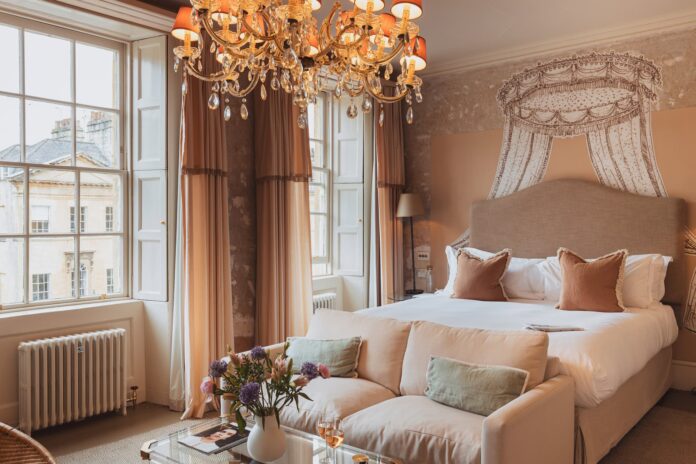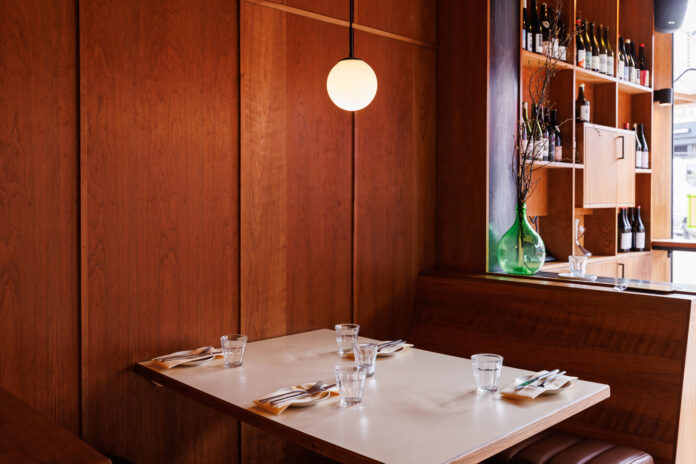Whether you’re living in a small studio, a period property with a curious electrical arrangement, a home with angles in all the wrong places, or a mansion with a propensity for seventeen foot ceilings, getting the illumination levels right without overhead lighting can be one tricky task.
From maximising the flow of natural light to making smart use of table and task lighting, here are 5 tips for illuminating rooms with no overhead lighting.
Maximise Natural Light
The key to getting those lighting levels right without any bulbs overhead is to, conversely, forget about any artificial lighting at all. Natural light, as with most questions in life, is the answer here.
But letting just the right amount of natural light into a room can be a challenge, especially if you have awkwardly positioned windows that don’t get the best of the sunlight hours!
The first step to getting the right amount of natural light is simple – clean your windows. A window that is covered with dust and grime can trap light, making it harder to achieve that all-important, generous flow of natural light you want in a room.
Once your windows are clean, it’s time to swap out your old curtains for a lighter version as they let light through even when closed.
Another trick to achieving the right amount of natural light in a dark room is to deploy the correct furniture materials. Several options include light metals, see-through materials and acrylic. These are all great ways to bring light into a room. Equally, it’s important to find pieces with smooth lines as these will help light bounce around the room, making it appear larger and more lit.
Read: How to boost the natural light in your home office
Using Floor Lamps
Using floor lamps in rooms with no overhead lighting is one of the easiest and most affordable ways to add the desired levels of illumination to a room. Many lighting specialists suggest such lamps as they are a great way to brighten up a space without sacrificing style. In the right hands, in fact, floor lamps can add a real sense of sophistication to a space.
Floor lamps come in a variety of shapes, sizes and styles, and can most generally be used to provide task lighting (such as for reading) or accent lighting, the latter of which can be most skilfully achieved by deploying smart bulbs that let you cycle through multiple colour options. When opting for floor lamps, make sure you’re using energy-efficient lighting and energy saving bulbs, or you may find the electricity bill goes up more than you’d like.
Read: 7 purchases that could make your home more energy efficient
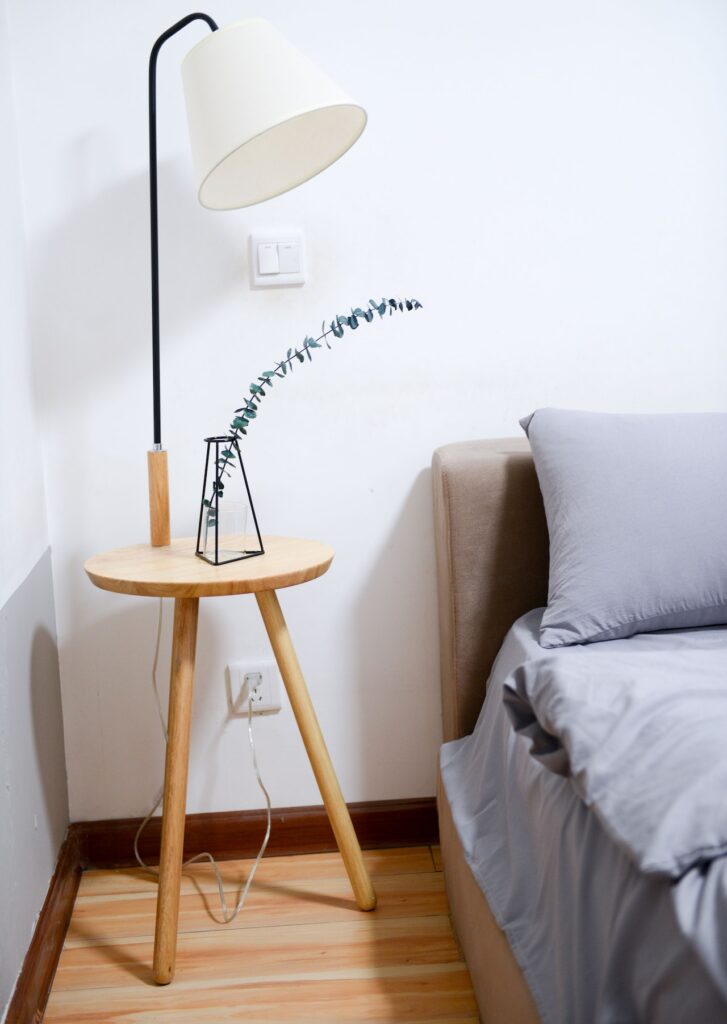

Using Table Lamps
Not only are table lamps an alternative for overhead lighting; they can also be used as an accent piece to add a decorative element to a room. There are many different styles of lamps, and they can be placed anywhere within a room to bring intrigue and pull the focus to a particular area.
Another way to add that sense of focal point to a room’s illumination is through floating candle displays. You can choose from a variety of shapes and sizes of LED candles and arrange them into an eye-catching display, and are a great way to add colour to a room, all without having to worry about calling an electrician to complete a comprehensive re-wiring project.
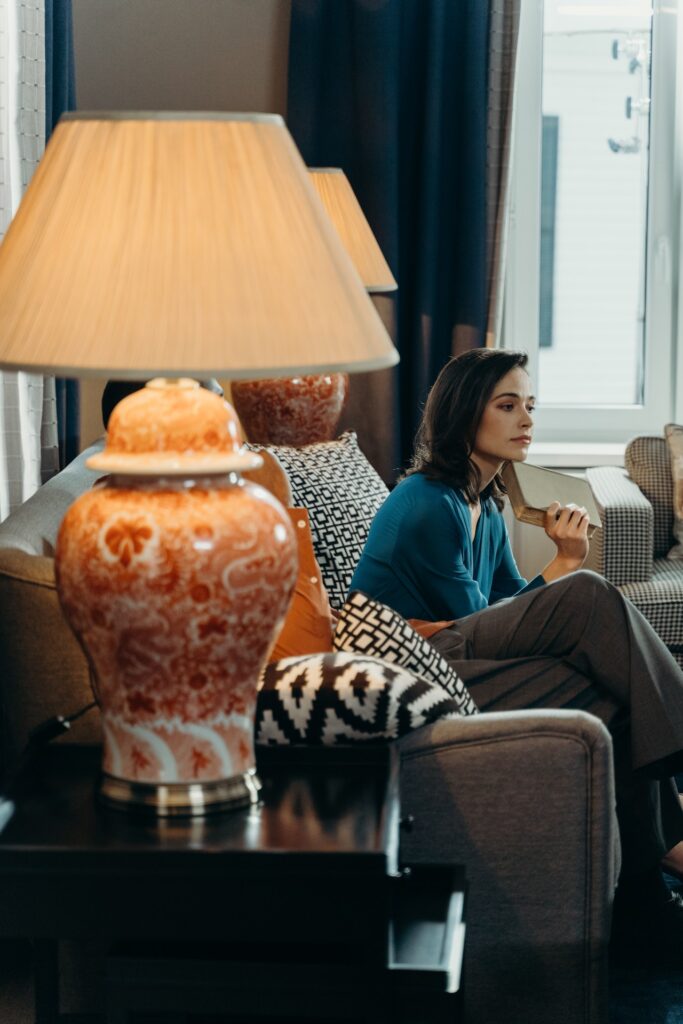
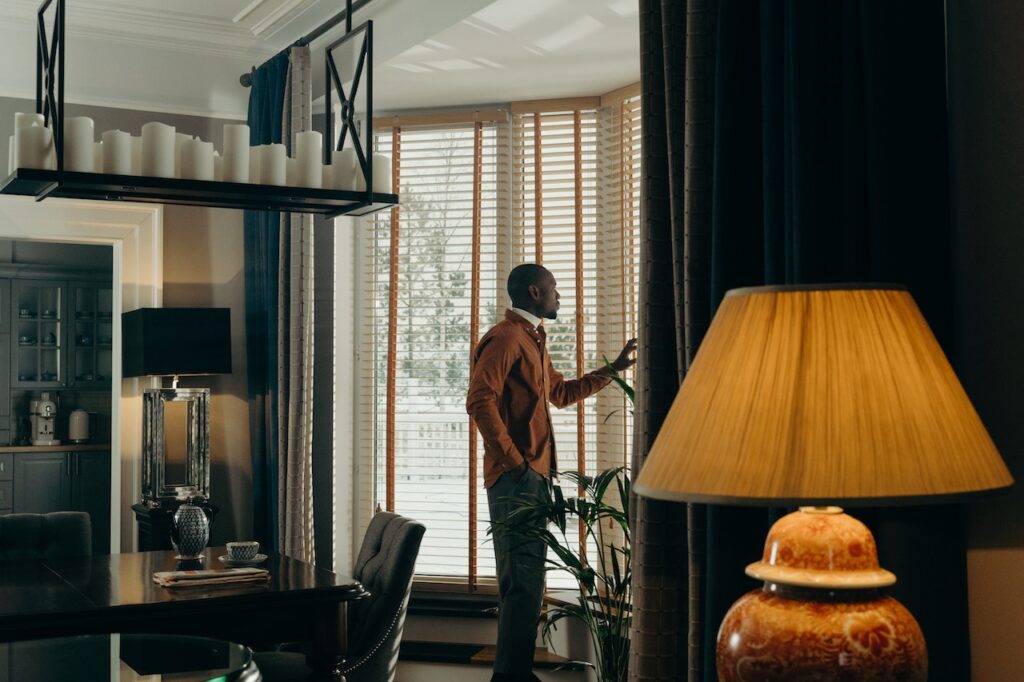
Both floor lamps and table lamps can be used in various ways:
- Mood lighting helps to set the mood in a room. This type of lighting tends to be low-light and warm, often creating shadows and pockets of intrigue.
- Task lighting helps you to perform a specific task, such as a desk lamp illuminating a surface from which you write, illustrate, cook or compose your masterpieces. It gives light to your workspace and provides a very specific job. It isn’t meant to light a whole room and instead creates focal point in one specific, designated space.
- Ambient lighting is meant to be used throughout the home so that you can move from room to room without a transition too stark. It can replace sunlight during the evening hours, which means it should be bright enough to stand its ground in darker periods.
Using Candles To Add More Light To Your Room
Using candles to add more light to rooms with no overhead lighting is a great way to create a cosy scene in your house or flat, and are a savvy way to save money on electric bills and fill your room with beautiful scents, too!
In fact, if you enjoy entertaining, using candles with a specific scent is a cool way to turn your home interior into a ‘vibe’ in the same way many upscale hotels use scents to achieve the same.
And if you’re not into using fire in your home, no problem. You can add light to your room by hanging faux candle displays. You can choose from a variety of shapes and sizes of LED candles and arrange them into an eye-catching display. They are a great way to add colour to a room and you don’t have to worry about getting an electrician in!
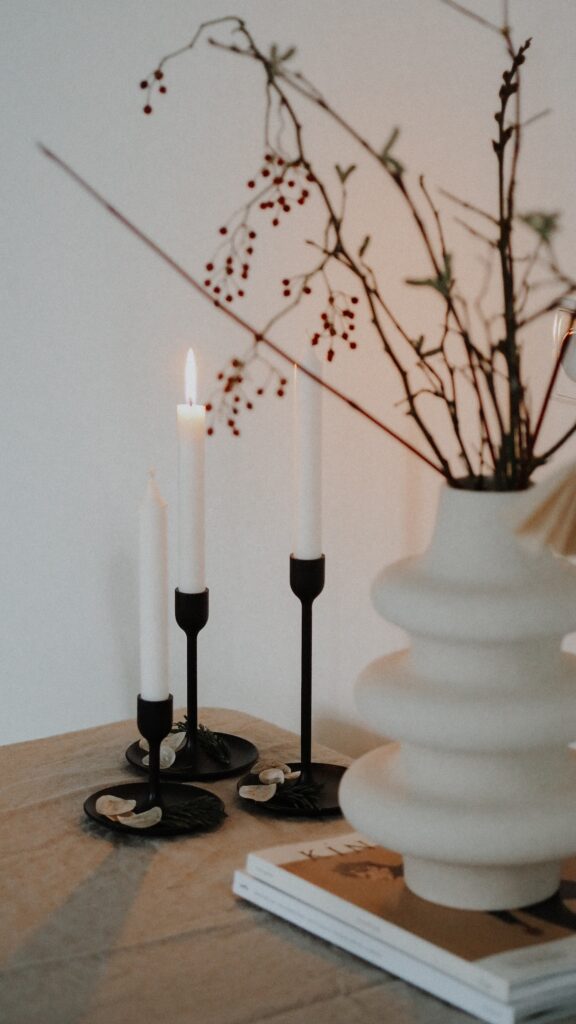
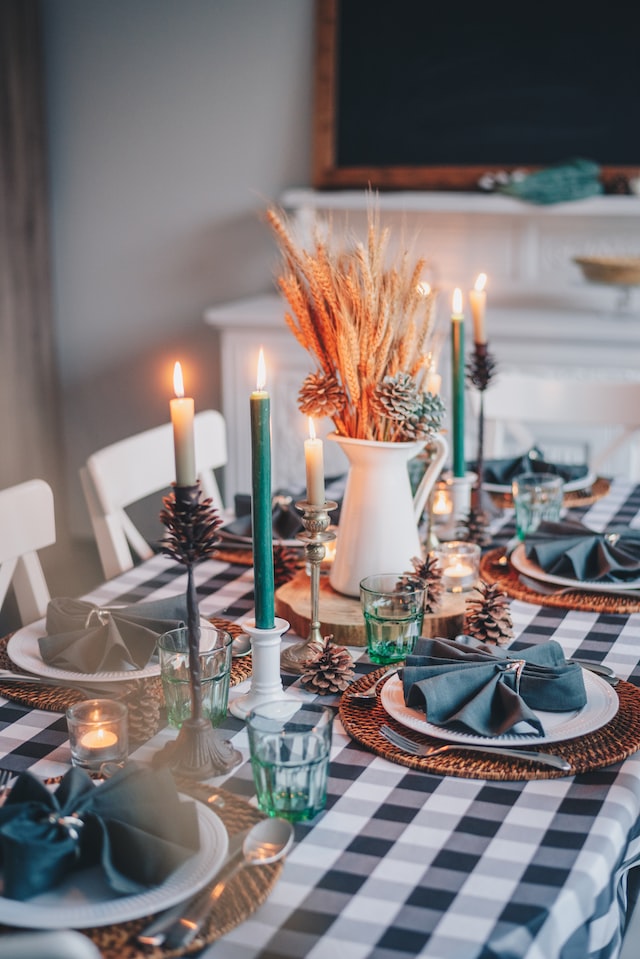
Adding More Light With Mirrors
Mirrors, whose power can be harnessed even in a room with no overhead lighting, are another savvy – often fun – way to brighten up your space. They can also help to add depth and dimension to the room.
Mirrors can be placed strategically in a room to reflect light from start white walls from lamps. They can also help to amplify the light flowing into the room from big and small windows alike.
Of course, to use strategically placed mirrors to their full potential, you need to make sure that you’re not obstructing any natural source of light, so make sure that you don’t have anything in your home office directly in front of your windows as they can block the flow of light and make the room feel dingy.
This doesn’t only apply to that stack of books you can’t find a home for, but also to bulkier pieces, such as furniture, desks and computers. Clearing visual room can go a long way to making your room look more spacious.
To maximise the effect, consider an updated colour scheme of bright, blocky colours. Giving a new lick of fresh paint is an extremely cost effective way of getting the most out of your cellar space. Of course, an over abundance of bright orange or yellow, for instance, is overkill. Go instead for subtler shades of warmth and wellbeing which still bring that light giving, mood lifting quality, such as sand, ecru or almond.
Now that’s dispensed with, if you’re looking for tips on how to harness the power open-plan living to brighten up your kitchen, then you’ll find them here. We can’t wait to be invited over to your beautifully-lit home.

